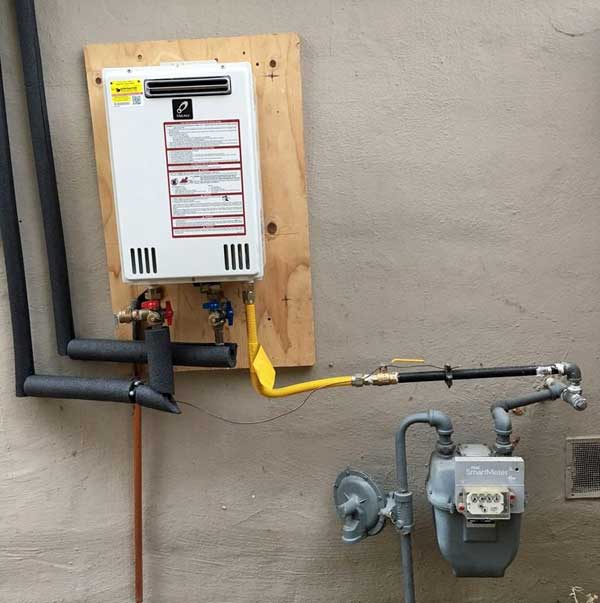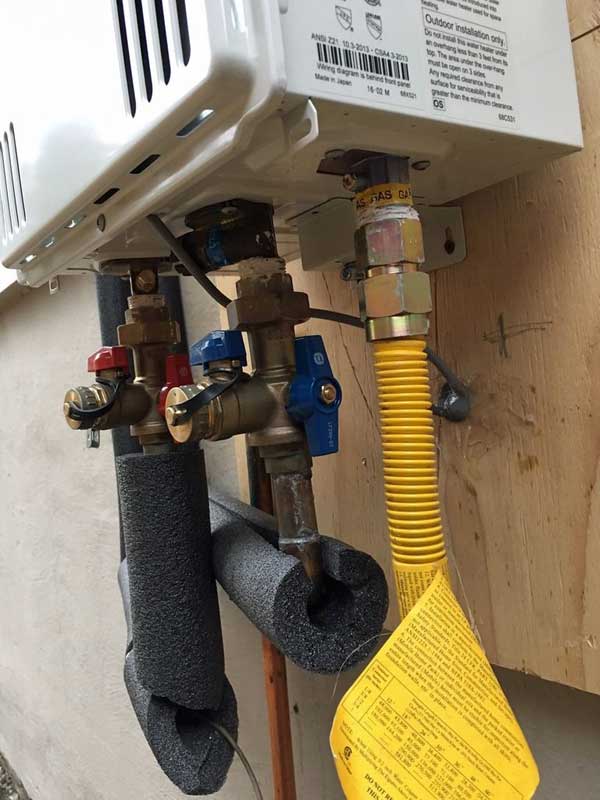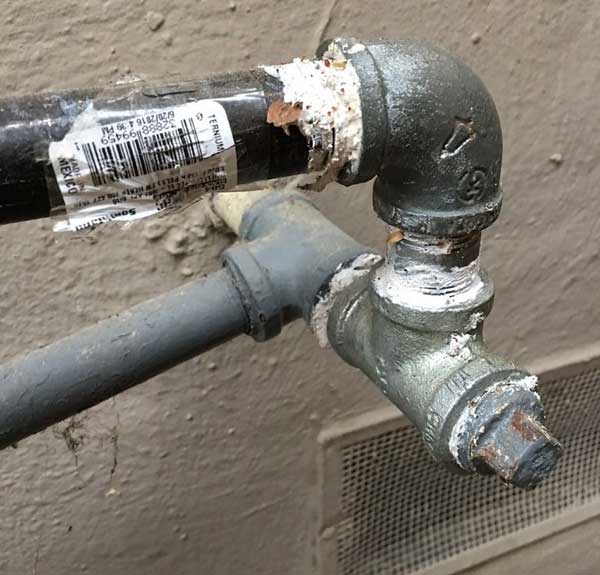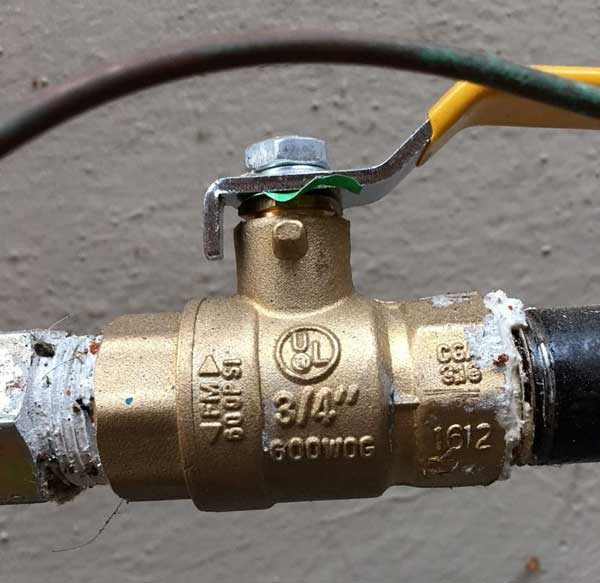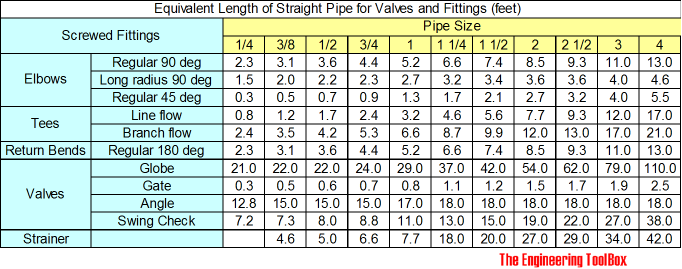DustinH
New Member
My wife and I just had our old water heater replaced with a Takagi
T-K4U-OS-N. When showering, I noticed the system tends to go from hot to luke warm to cool and then back to hot again. Also, when we initially ran a bath for our daughter, the water started out hot then just went completely cold and wouldn't come back. Now, this morning, my wife took a shower and the water went from hot to completely cold and then back to hot.
I've been doing research and want to see if I'm headed in the right direction. I set the water temp down to 115 from 120 as my first step (we live in California so it's not terribly cold but, the ground water in the morning is currently being measured at 60 degrees). I figure that could help with flow. According to the spec sheet from Takagi, a 55 degree rise means it can do about 5.7gpm. Which should be plenty to run our 2.9gpm shower (two heads) or our bath tub for our daughter (3.5gpm).
The other thing we're looking at is having PGE come out and upgrade our gas meter. It appears to be a 250CFH and we have quite a few gas appliances (dryer, stove, furnace + the new water heater). I'm guessing that's going to be way underpowered come this winter when we get the furnace going.
I'm also looking at having a recirculation pump installed but, not sure that's going to fix this particular problem. I saw in another thread here that this might also be caused by fluctuating water pressure from the city (we're on city water, not a well).
What do you guys think? Any help will be greatly appreciated. Sorry for the long winded post but, I wanted to get all the information on our system and location out so that you guys don't have to guess at it.
T-K4U-OS-N. When showering, I noticed the system tends to go from hot to luke warm to cool and then back to hot again. Also, when we initially ran a bath for our daughter, the water started out hot then just went completely cold and wouldn't come back. Now, this morning, my wife took a shower and the water went from hot to completely cold and then back to hot.
I've been doing research and want to see if I'm headed in the right direction. I set the water temp down to 115 from 120 as my first step (we live in California so it's not terribly cold but, the ground water in the morning is currently being measured at 60 degrees). I figure that could help with flow. According to the spec sheet from Takagi, a 55 degree rise means it can do about 5.7gpm. Which should be plenty to run our 2.9gpm shower (two heads) or our bath tub for our daughter (3.5gpm).
The other thing we're looking at is having PGE come out and upgrade our gas meter. It appears to be a 250CFH and we have quite a few gas appliances (dryer, stove, furnace + the new water heater). I'm guessing that's going to be way underpowered come this winter when we get the furnace going.
I'm also looking at having a recirculation pump installed but, not sure that's going to fix this particular problem. I saw in another thread here that this might also be caused by fluctuating water pressure from the city (we're on city water, not a well).
What do you guys think? Any help will be greatly appreciated. Sorry for the long winded post but, I wanted to get all the information on our system and location out so that you guys don't have to guess at it.


